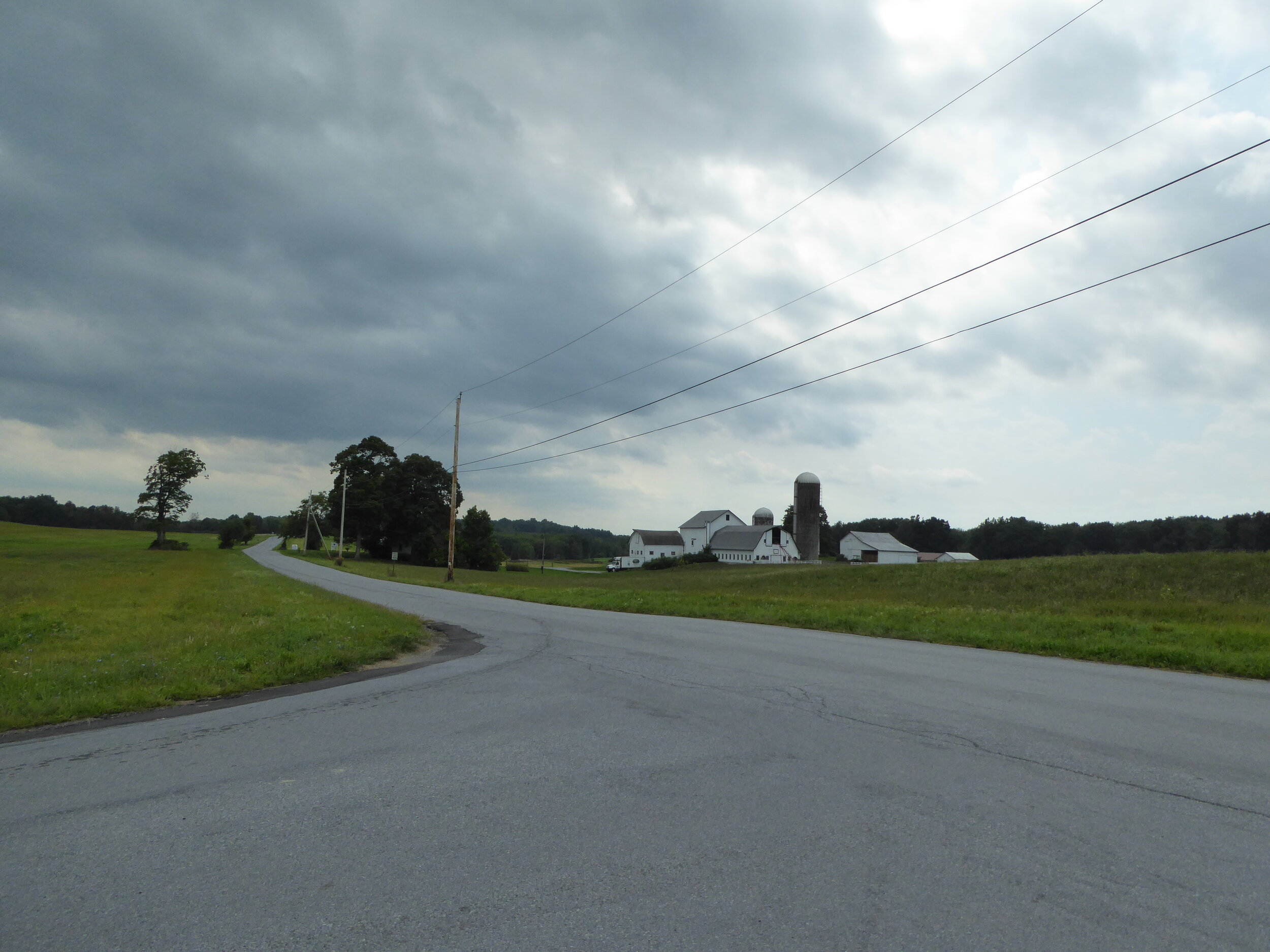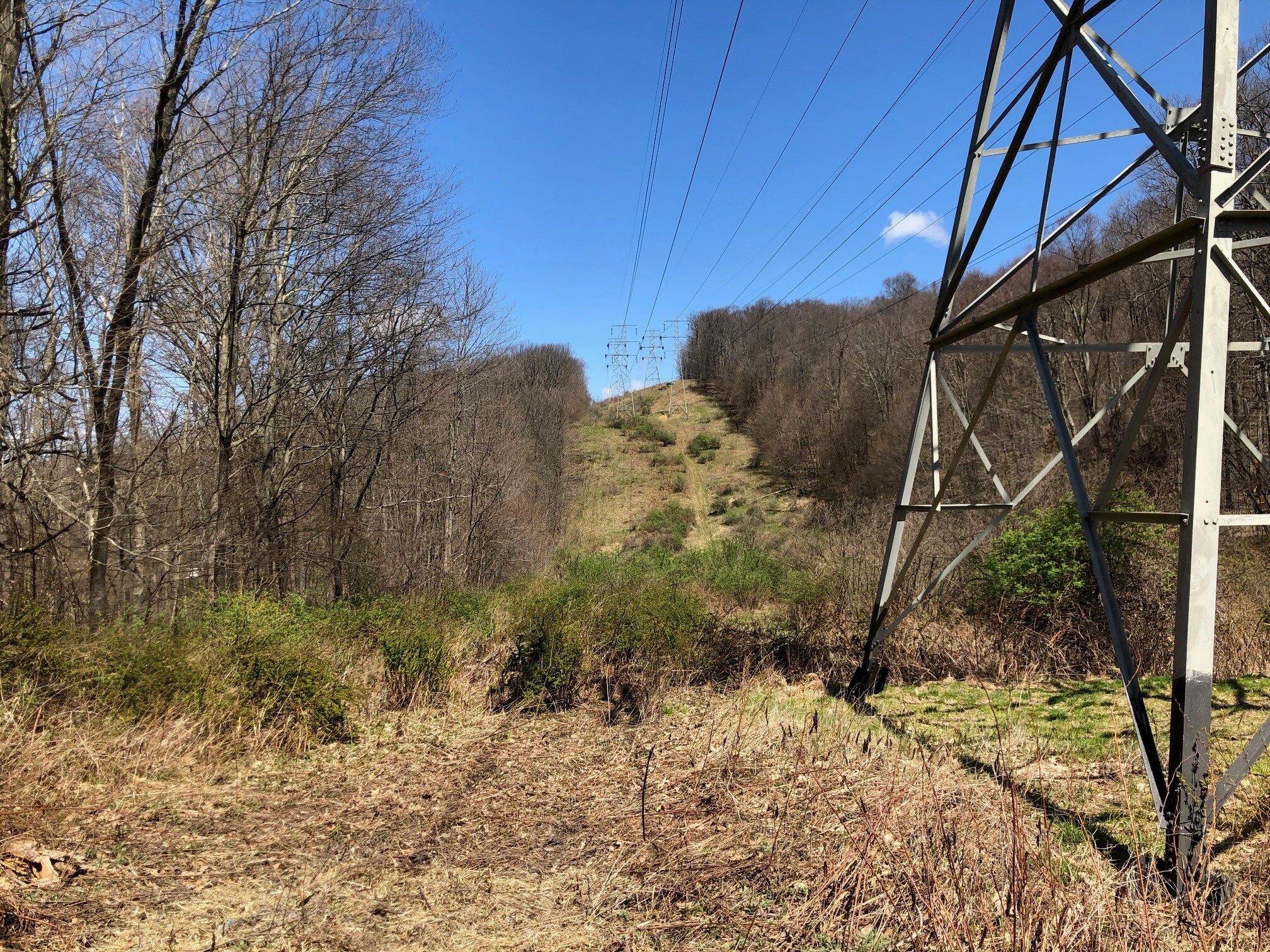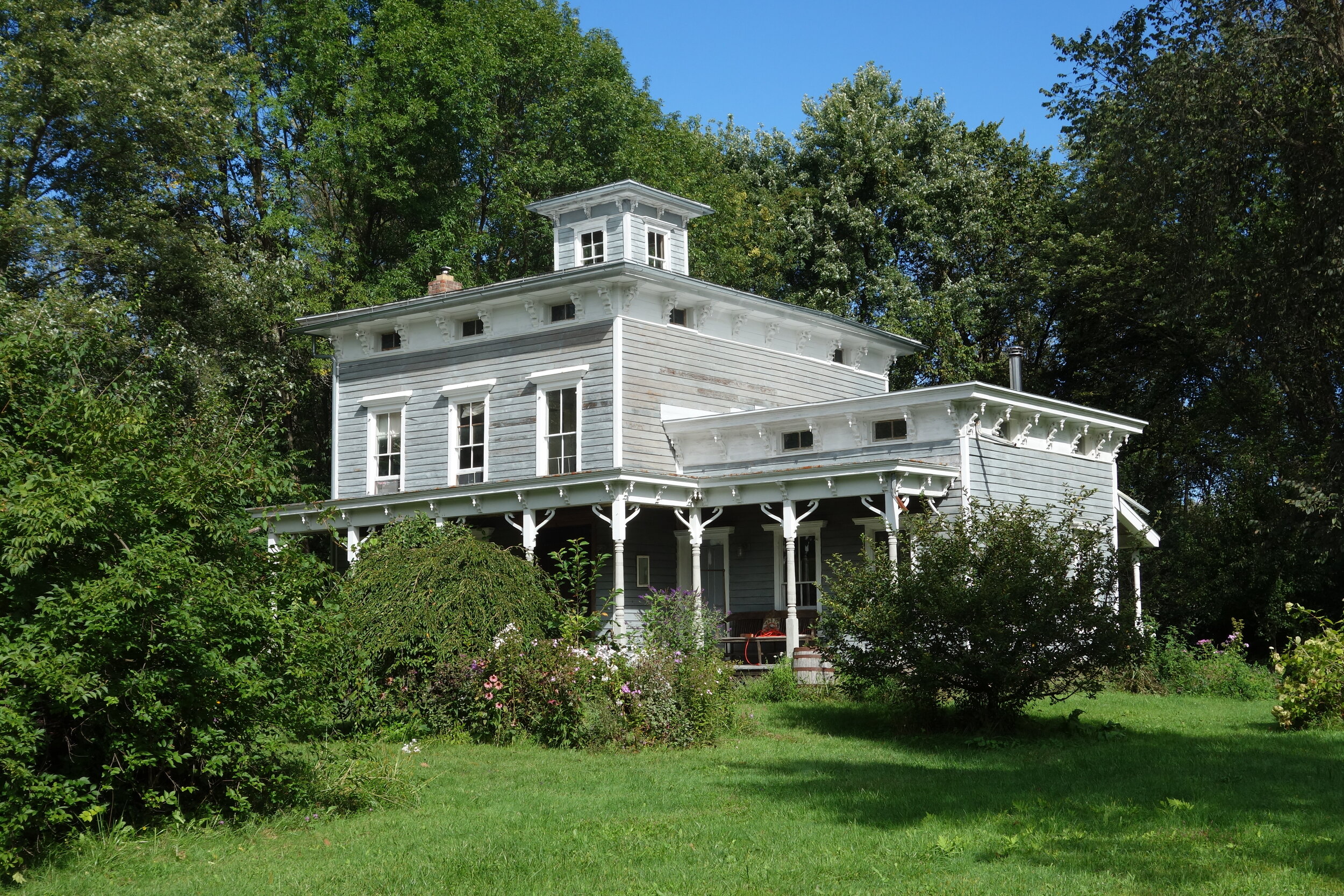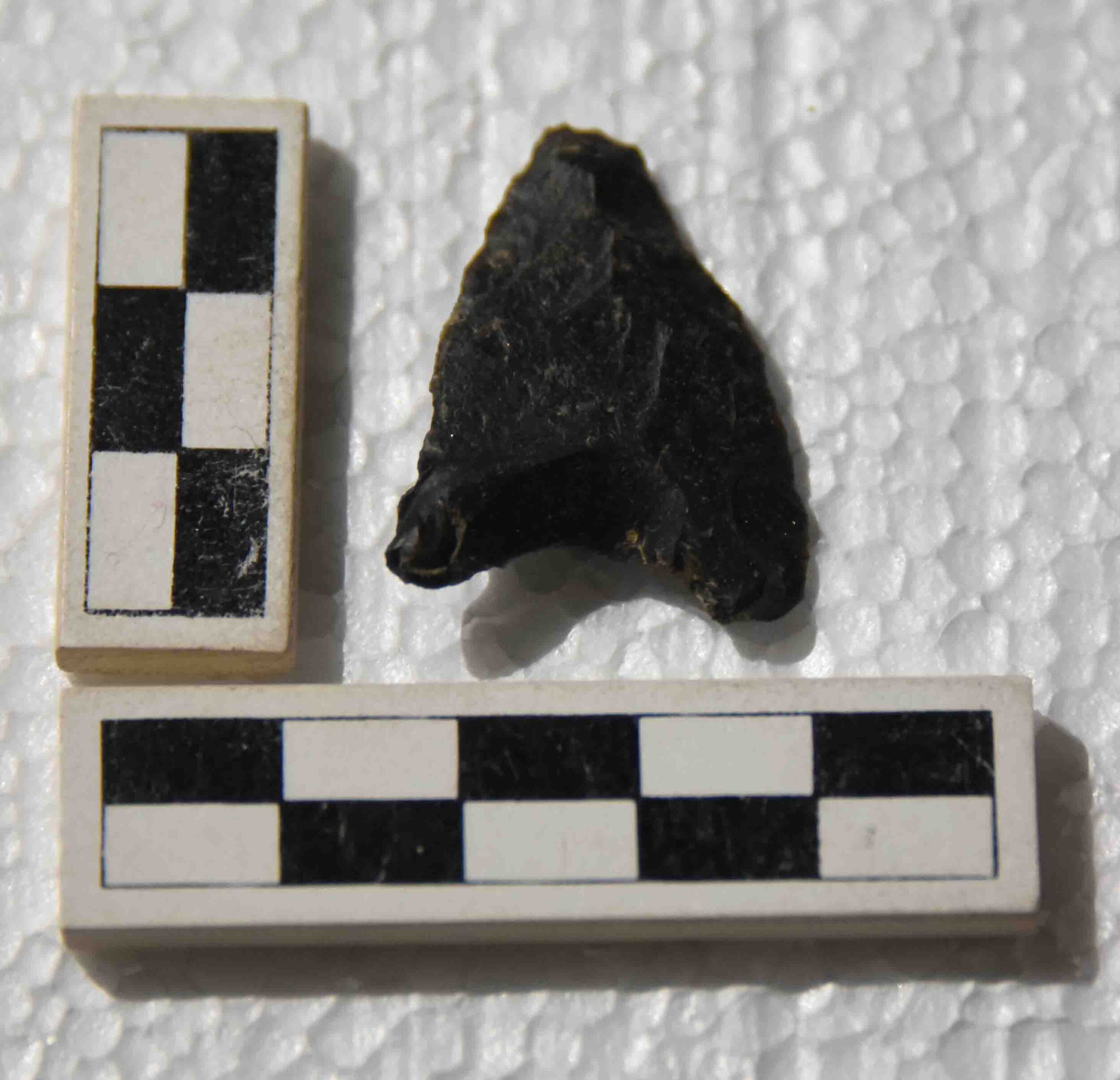KNICKERBOCKER TO PLEASANT VALLEY TRANSMISSION LINE REBUILD
LOCATION: RENSSELAER, COLUMBIA AND DUTCHESS COUNTIES, NY
CLIENT: CONFIDENTIAL UTILITY CLIENT
MARKET SECTOR: ENERGY & UTILITY
SIZE: 55 MILES




THE OPPORTUNITY
A major bulk electric transmission owner and operator undertook modernization of aging electric transmission lines and stations including a utility corridor that spans three New York counties, paralleling the Hudson River from south of Poughkeepsie to Albany and beyond. PS&S’s Cultural Resource Management Department worked closely with the engineering team and the client to provide a full range of archaeological and historic architectural consulting services to satisfy state and federal permitting requirements.
THE CHALLENGE
The project needed to address government requirements that mandated studies of the entire route and any new or expanded facilities for effects on archaeological sites and historic buildings. The ROW included hundreds of 80-year-old lattice structures, dozens of construction access routes, and the project required new or upgraded switching and substation facilities. In summary, the project required cultural resources studies for over one hundred linear miles of ROW and access roads and one hundred acres worth of new or improved facilities.
For historic architecture, hundreds of buildings would require identification and evaluation. For archaeology, the sheer number of locations to be tested and the mountainous terrain along the route were a formidable obstacle to on-time completion of several required surveys.
THE PS&S SOLUTION
One round of historic architectural survey satisfied state and federal reviewers.
Since the archaeological component of the project would require several thousand test pits, PS&S phased the work in accordance with the project’s design and construction priorities, keeping an open line of communication with the client and the regulatory authorities. Working with state regulators, PS&S devised a protocol under which unnecessary archaeological testing of non-sensitive locations was wholly eliminated so that our team was able to focus testing and the evaluative process on devising plans for the protection of archaeological sites, not their investigation. When archaeological sites were found along the route, PS&S was able to advise our client on how to avoid and/or protect them. Where avoidance was not possible, efficient follow-up investigation demonstrated to regulators that no significant sites would be affected. Where sites might be jeopardized by divergences from construction plans, PS&S performed spot inspections and monitoring to document compliance with the project’s Cultural Resources Management and Protection Plan.
All cultural resource studies for the project were completed on time and within budget and promptly approved by regulators. Our work helped the project sponsor put the project in service before its anticipated in-service date in 2023.
RELATED PROJECTS
DISCIPLINES INVOLVED
